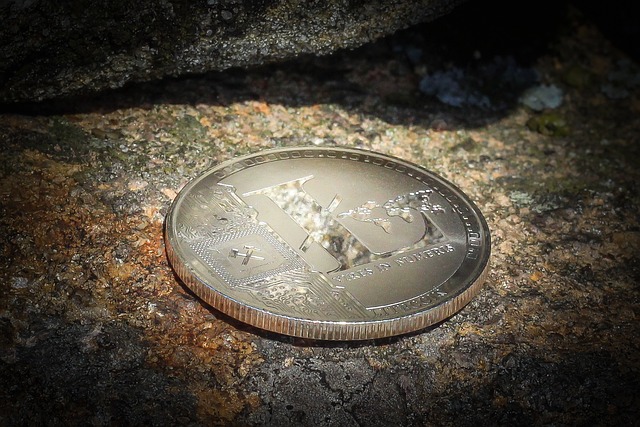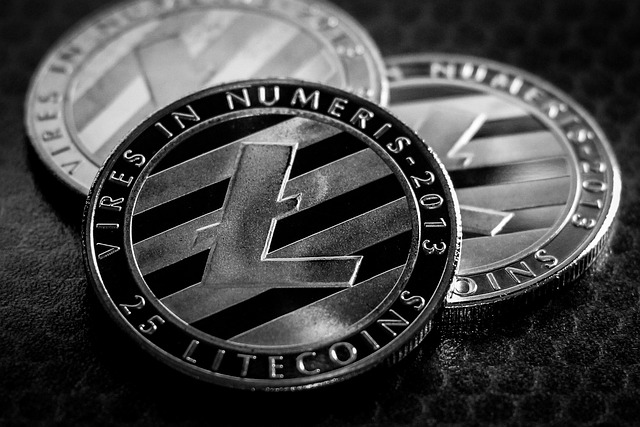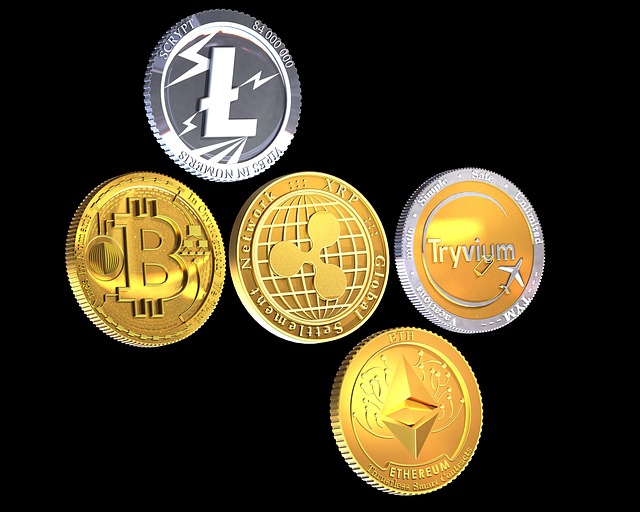Litecoin, launched in 2011, is a popular "digital silver" alternative to Bitcoin's "digital gold." It facilitates faster transactions and lower fees through its unique Scrypt algorithm, which allows consumer-grade hardware participation. This approach enhances decentralization, fosters broader cryptocurrency adoption, and shapes the crypto market as an alternative asset class. Litecoin's reliance on Scrypt balances processing power with network decentralization, resisting specialized hardware dominance and securing its long-term stability.
“Dive into the technical depths of Litecoin, a prominent cryptocurrency that has carved its niche in the market. This article explores the fundamental aspects of Litecoin and introduces the crucial role of the Scrypt algorithm in shaping its unique identity.
We’ll unravel the significance of Litecoin in the crypto landscape and delve into the algorithmic intricacies that contribute to its security and decentralized nature. By understanding Scrypt, readers will gain insights into how it drives Litecoin’s performance and ensures a robust network.”
- What is Litecoin and Why Does It Matter?
- Understanding the Scrypt Algorithm: A Key Component of Litecoin
- The Impact of Scrypt on Litecoin's Decentralization and Security
What is Litecoin and Why Does It Matter?

Litecoin, often referred to as “digital silver” to Bitcoin’s “digital gold,” is a popular cryptocurrency that has carved its niche in the digital currency landscape since its launch in 2011. It was created with the aim of providing a faster and more accessible alternative to Bitcoin, offering quicker transaction times and lower fees. This coin shares similar core principles with Bitcoin, employing a decentralized ledger system based on blockchain technology. However, Litecoin sets itself apart through its unique technical foundations, particularly its underlying algorithm.
Litecoin’s significance lies not only in its efficient peer-to-peer payment system but also in its potential to foster broader cryptocurrency adoption. Its scrypt algorithm, designed for miner-friendliness, has made it more accessible to regular users who can participate in the network using consumer-grade hardware. This accessibility has contributed to Litecoin’s popularity and played a vital role in shaping the overall cryptocurrency market, offering investors an alternative asset class and enabling everyday people to embrace digital currencies.
Understanding the Scrypt Algorithm: A Key Component of Litecoin

Litecoin, a popular cryptocurrency, leverages the Scrypt algorithm as a fundamental component in its technical foundation. This algorithm plays a crucial role in securing and maintaining the Litecoin network. Scrypt is specifically designed to be computationally intensive, making it resistant to specialized mining hardware often used in other cryptocurrencies. By adopting this algorithm, Litecoin fosters a more decentralized mining environment, ensuring that any individual or group can participate and contribute to the network’s security.
Understanding the Scrypt Algorithm is essential when exploring Litecoin’s technical aspects. Its unique properties not only enhance the network’s security but also contribute to its overall efficiency and longevity. This algorithm’s focus on computational complexity serves as a protective measure against potential attacks, further solidifying Litecoin’s position in the cryptocurrency market.
The Impact of Scrypt on Litecoin's Decentralization and Security

Litecoin, often regarded as a silver to Bitcoin’s gold, leverages the Scrypt algorithm to achieve a balance between performance and decentralization. This unique choice has profound implications for Litecoin’s security and network robustness. Scrypt introduces a computationally intensive hash function that discourages specialized mining hardware, fostering a more inclusive mining environment accessible to a wider range of participants.
By contrasting with algorithms like SHA-256 used by Bitcoin, which benefits from ASICs (Application-Specific Integrated Circuits), Scrypt ensures Litecoin remains resistant to centralized control. This decentralization strengthens the network’s security by making it harder for any single entity or group to gain disproportionate influence over the mining process and block chain.
Litecoin, a pioneer in the cryptocurrency space, has carved its niche through the innovative use of the Scrypt algorithm. This algorithm not only enables fast and efficient transactions but also plays a pivotal role in Litecoin’s decentralization and enhanced security. By leveraging Scrypt, Litecoin offers a compelling alternative to Bitcoin, attracting users who seek faster processing times and a more accessible digital currency. Understanding these technical foundations is essential for anyone considering diving into the world of Litecoin and exploring its potential as a reliable and secure digital asset.







Leave a Reply